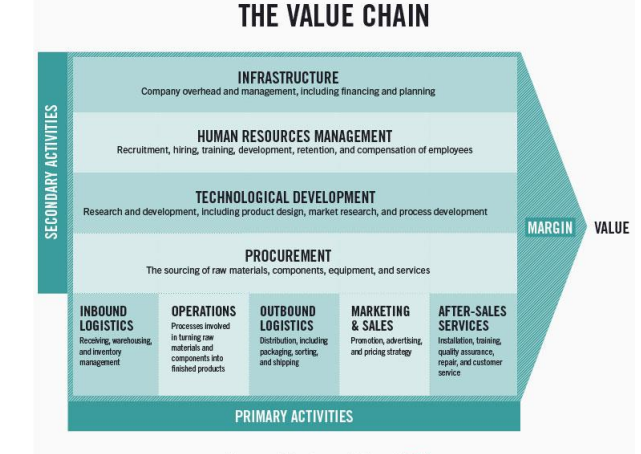Question
From farm to fork - A fresh food value chain story It bothers Sarah that so much fresh food must be thrown away every day.
From farm to fork -
A fresh food value chain story It bothers Sarah that so much fresh food must be thrown away every day. While she and her management team always try to minimize this waste, the "Sell by" and "Use by" dates are not negotiable from corporate head office side. It was also made clear that "offloading" the wasted produce to charities or similar organisations is not an option. This is to support and amplify the brand's quality excellence image. The company worked very hard on building a strong reputation based on excellent quality products and services. Teams of people work tirelessly to ensure that the best quality food reaches shoppers on time. This includes the selection, orientation and training of farmers, product processors and packers, cold chain transport, and cold chain storage and distribution to shops. Sarah noticed that shoppers react to the "Sell by" date in a way that confirms that they use this information. It often happens that shoppers will select products with the latest "Sell by" date and leave the older "Sell by" dated products on the shelve. Another leg of ensuring the quality excellence brand is to make certain that all staff members, from the very first person in the value chain to the very last, get trained on providing service excellence. Each person in the value chain should understand the role that she/he plays in delivering quality to the market.
Sarah and her team need to come up with ideas that could be implemented that will reduce cost and at the same time keep customers satisfied. She wants to get ideas about saving cost throughout the value chain from all staff members. A value chain analysis should be done including all the different fresh produce farmers and other suppliers through to processors, storage systems - being a cold chain this is more complex - and distribution systems. Cost cutting is often associated with lower quality. Sarah wants suggestions that will not jeopardize customer service or product quality. In fact, if suggestions could include ways to increase word-of-mouth and electronic word-of-mouth marketing communication, she'd be delighted. She knows that many customers see their shops as high-quality deli's - and people want quality and variety all year round.
As if finding the balance between cost cutting and keeping product and service quality at the same levels is not enough, Sarah and her team simply must find ways to reduce the waste of fresh food. The approach to finding solutions to this predicament could be two pronged. Analysing the value chain to identify where in the process to move fresh food from the farm to the consumer plate could be improved could be one part of the solution. The other could be in finding alternative markets to increase the uptake of supply. Increasing demand could result is more products being sold before the "Sell by" date. It will not be easy to convince the current market segments to buy more. Consumers tend to purchase what they need and nothing more, even at discounted prices.
These suggestions would probably require changes in the value chain as it is. Meaning that changes would have to be made to what gets measured as performance. Sarah and her team are waiting for well thought through inputs.
These suggestions would probably require changes in the value chain as it is. Meaning that changes would have to be made to what gets measured as performance. Sarah and her team are waiting for well thought through inputs.
Question 1.1
Use the value chain as the anchor for your answer. Conduct a value chain analysis to suggest where cost savings could be introduced. Be clear on the cost savings itself. Your answer should be specific. Don't provide a vague answer such as "Cost savings is possible in inbound logistics". Apply your mind to what specific cost savings could be considered. Use all the activities in the value chain to suggest possible cost cutting options. Make sure that your answer covers primary and support (secondary) activities.
For ease of reference, an illustration of a typical value chain is supplied that can be used to guide your answer.

Step by Step Solution
There are 3 Steps involved in it
Step: 1

Get Instant Access to Expert-Tailored Solutions
See step-by-step solutions with expert insights and AI powered tools for academic success
Step: 2

Step: 3

Ace Your Homework with AI
Get the answers you need in no time with our AI-driven, step-by-step assistance
Get Started


